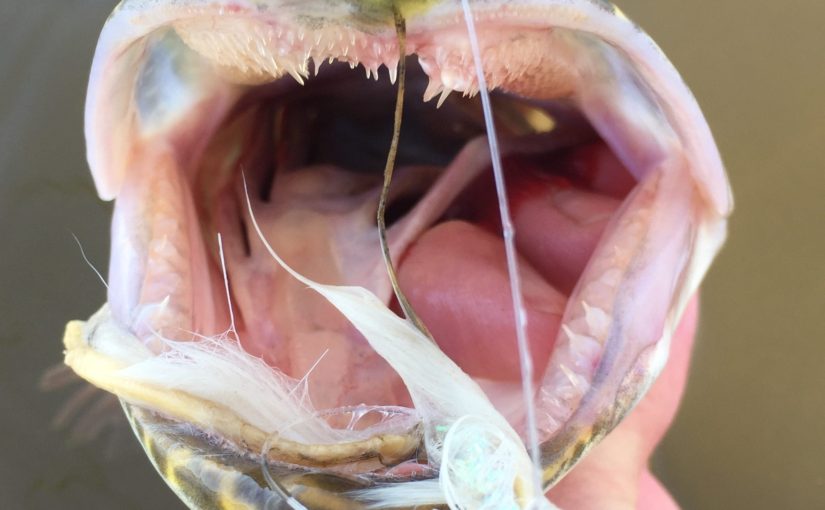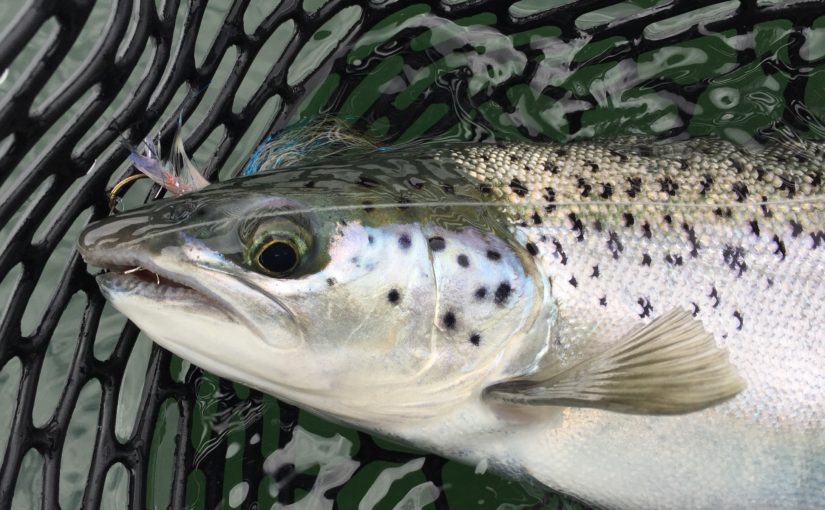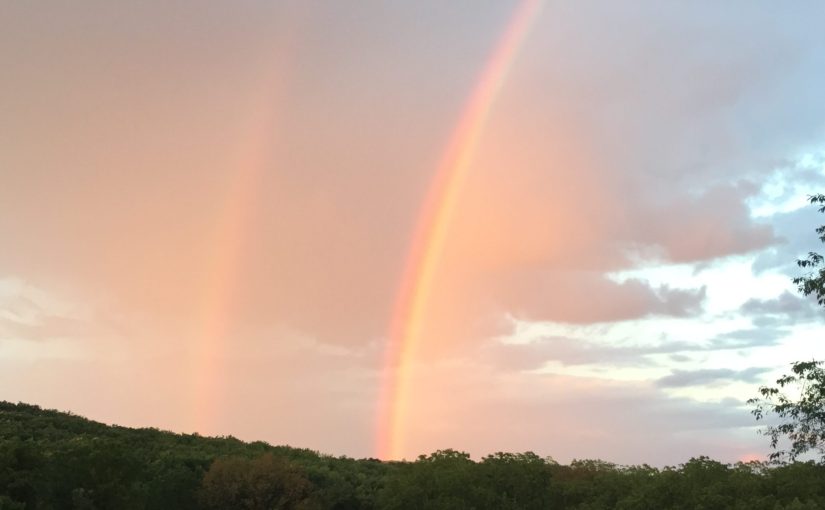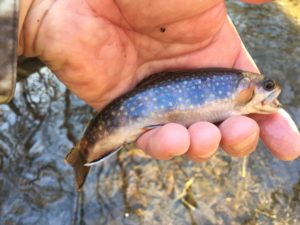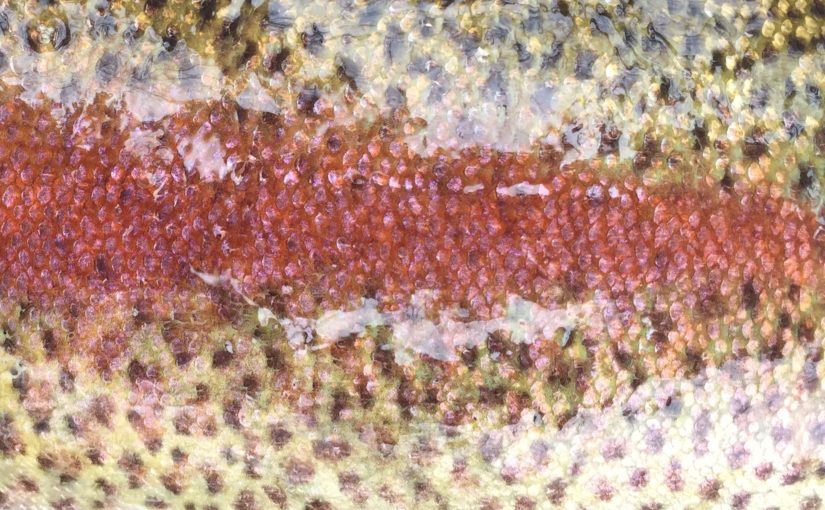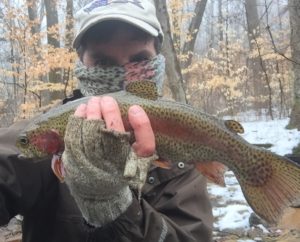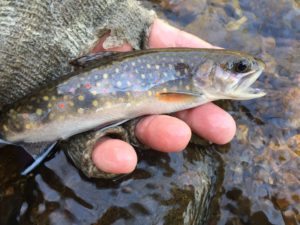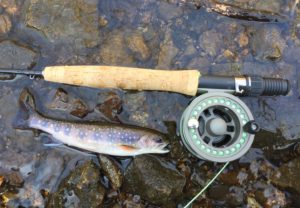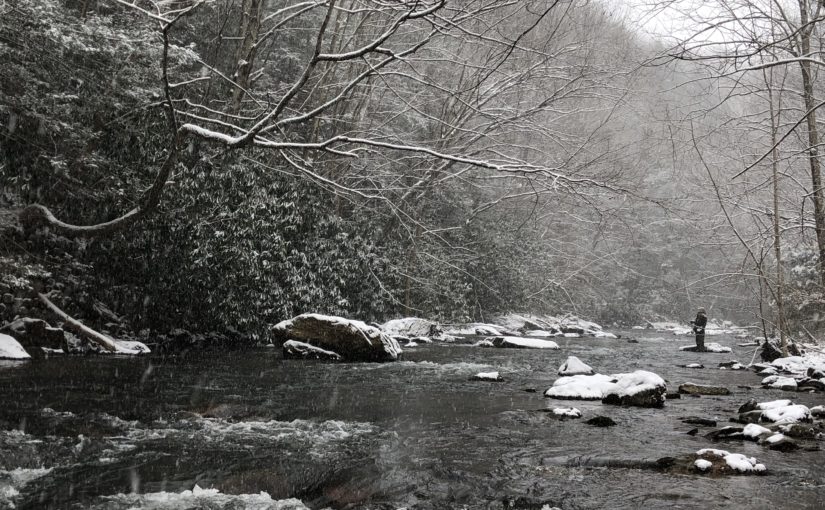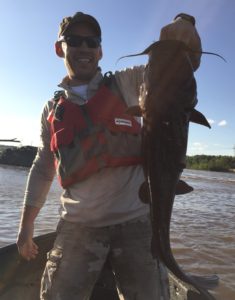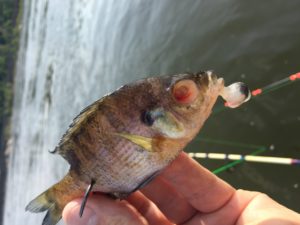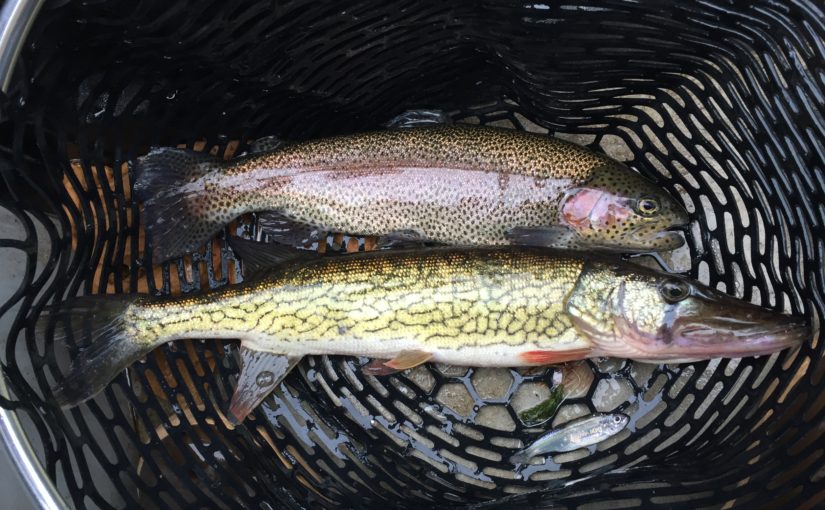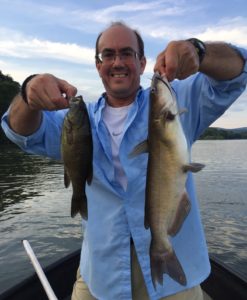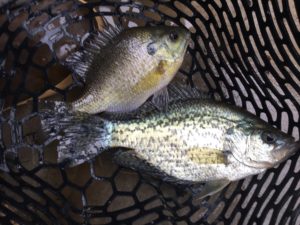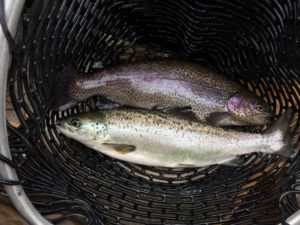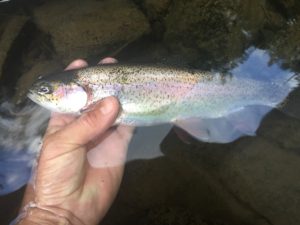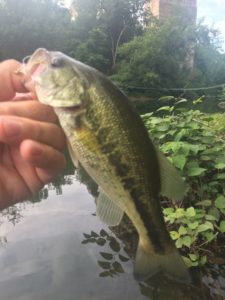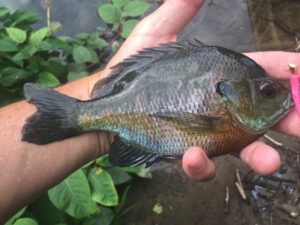The warming waters of spring bring many species of gamefish near shore to feed and prepare to spawn. This concentrates the fish both laterally and vertically. That concentration sets the stage for outstanding fishing, especially flyfishing. One of the stars of spring’s shallow water venue is the northern pike.
Violent strikes, lunging battles, and just a cool appearance make pike one of the most exciting flyrod species available in freshwater. Check your local regulations first to be sure pike angling is currently “in season”. Some jurisdictions are open year round; others not. Even if the season is open, practice catch and release or selective harvest to preserve the resource during this vulnerable time.
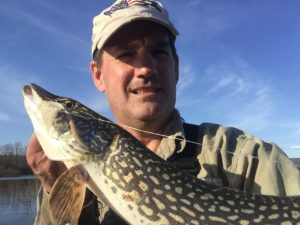
One of the earliest spawners, pike are quite active even before the ice leaves the lakes. Ice fishermen will attest to that. Despite their cold tolerance, look for the warmest water to find the most active pike. All things are relative after all.
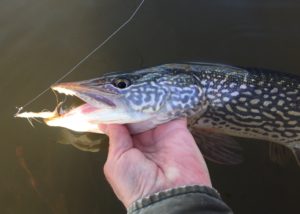
Flies in the 5 to 7 inch range have been most productive for me. Streamers fish a lot like soft plastic jerkbaits. When constructed of the right materials, they will outdo plastics with more inherent, subtle action.

They are not as powerful as northern pike, but fat, wallowing largemouth bass are still lots of fun. They are numerous, willing biters that can save the day, or just add a little variety. Best of all, they will take the same flies and presentations in the same habitat as the pike, so you can fish for both species simultaneously. If the Alabama Rig taught us anything, it’s that hungry bass are not leader shy.
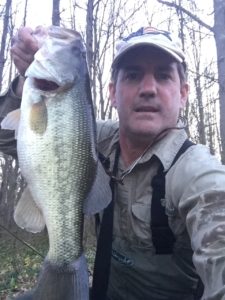
Best of all, this is a fishery available to anyone. Walking or wading a shoreline can be just as productive as fishing by boat. Put in your time methodically, and you will find success.
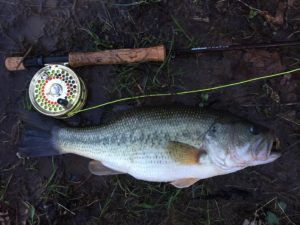
“The 2018 Fly Fishing List” so far:
- Brown Trout – Salmo trutta
- Brook Trout – Salvelinus fontinalis
- Rainbow Trout – Oncorhynchus mykiss
- Landlocked Atlantic Salmon – Salmo salar
- Creek Chub – Semotilus atromaculatus
- Northern Pike – Esox lucius
- Largemouth Bass – Micropterus salmoides
